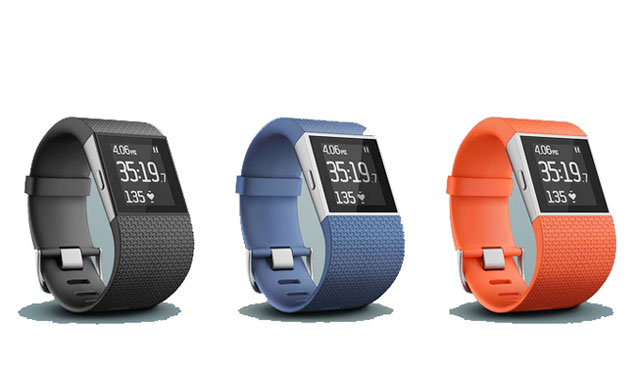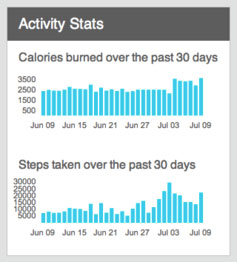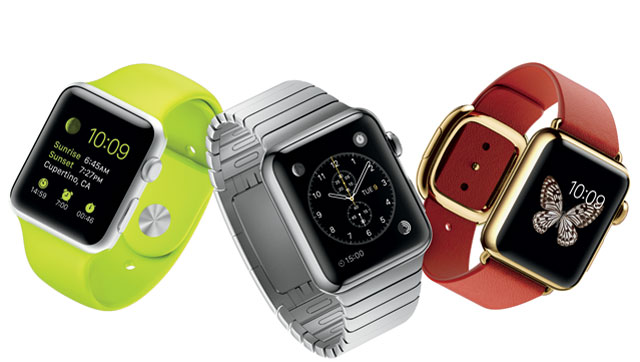
There is certainly no shortage of headlines on wearable sensors these days. “A contact lens measures your glucose level.” “New electronic tattoos could help monitor health during normal daily activities.” A “headband can read your brainwaves.” Numerous wearable sensors are currently on the market that can monitor body data including activity and sleep, heart rate, galvanic skin response and electrocardiogram (ECG). But are these wearables making any difference? Are they actually making us healthier?
The answer is not clear yet. And the challenges are plenty.
First, there is the quick abandonment issue. A recent study conducted by Endeavor Partners found that one third of American customers stopped using their wearable activity trackers after just six months. Some attribute this problem to the fact that every so often the user needs to take off and recharge the device. Every time you remove a wearable sensor, it’s an opportunity to forget to put it back on again.
Others believe current wearables get cast aside because they don’t possess the magic ability to change human behaviours. Don’t we all know that regular exercise, eating healthy food and sleeping well are good for our health? Wearing a wristband alone will not make us do such things. Unless wearables can provide additional actionable incentives or insights that lead to long-term behaviour change, their impact is rather limited. The million-dollar question is: what will such actionable incentives for users look like?

It’s also not clear what’s the best format for wearable sensors. The majority of wearables in the market today are wristbands or watches. However, it’s very difficult to get reproducible clinical-quality data from the wrist, as Apple discovered when developing the Apple Watch.
According to The Wall Street Journal, after a long and costly development process, Apple had to abandon some of the health monitoring functions, such as ECG and skin conductivity sensors, because “these features didn’t perform consistently on some people, including those with hairy arms or dry skin. Results also varied depending on how tightly the person wore the Watch.” If Apple cannot pull it off, it is certainly a challenging task.
Before wearable sensors can deliver their promise, they must overcome some serious technological challenges.
What wearables must do
What will next-generation wearable sensors do in order to succeed? Here’s my guess.
First, future wearable sensors should be “wear-and-forget.” After the sensor is put on, it should simply disappear into the background and quietly acquire data without the need for recharge, without disturbing the user’s daily life and without others even noticing it. Instead of wrist-worn, future unobtrusive wearable sensors may look like something that is completely indistinguishable from a normal wedding ring.
One way to solve the recharging problem is to harvest energy from the environment. For example, radio frequency (RF) waves are ubiquitous and always around us due to cellular networks, Wi-Fi and radio stations. Researchers at the University of Washington have built a complete ambient RF-powered sensor for wireless temperature measurements.
Another always-on energy source for wearables is the body’s own heat. Recent work from the University of Virginia and University of Washington demonstrated a body heat-powered ECG sensor which is the size of a grain of rice (2,5mm by 3,3mm) and consumes only 19uW (about 10 millionth of the power needed by a regular light bulb). Unless it’s broken, this device can last forever and track the user’s ECG continuously as a skin patch.
Such technological breakthroughs may one day enable truly wear-and-forget sensors which users never need to worry about once put on.
Future wearable sensors should also be able to measure disease-specific markers inside the body, not just the physiological signals or vital signs from the body surface. For example, Google X is working on magnetic nanoparticles circulating in the body to search for cancer, with the results to be read out by a wearable device. This is a tall order and we don’t yet know if they can successfully pull it off.

Another promising way to sense what’s happening inside the body might be to measure chemicals from sweat. For example, researchers from the University of Cincinnati and the University of California, San Diego are working on wearable sensors that can measure electrolytes, metabolites and other molecules from the sweat. If such capabilities become a reality, wearable sensors’ clinical values will increase dramatically by providing molecular information that is more specific to a certain condition, such as cortisol level in chronic stress.
Finally, the single most important factor that will determine next-gen wearable sensors’ success or failure is whether they can actually contribute to better health outcomes.
Many physicians and researchers, including me, believe in the transformative potential of wearable health sensors. Just as smartphones decentralised computing and communication, wearable sensors hold the potential to decentralise and democratise health care, changing it from reactive to proactive, from one-size-fits-all to personalised medicine. With the right wearable sensors, consumers gain the power to continuously monitor their own health status; at a doctor’s appointment, the patient can provide both quantitative baseline and abnormal health data to the physician. This scenario could fundamentally change how health care is delivered.
However, the burden is now on wearable sensor developers to provide unambiguous proof that such sensors can improve health. We need to make the jump from just collecting the data that’s easy to collect, to collecting and using data for real medical purposes. Recently, some wearable sensor makers, such as iRhythm, started to provide clinical study data that support their device’s clinical value. Such trends will likely continue for future wearable sensors.
Are wearable sensors fad or the future? The answer to this question will ultimately depend on clear evidence that they do make us healthier.![]()
- Zhenyu Li is assistant professor of biomedical engineering at George Washington University
- This article was originally published on The Conversation

